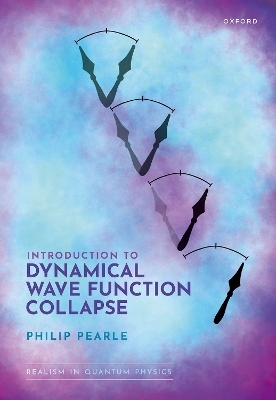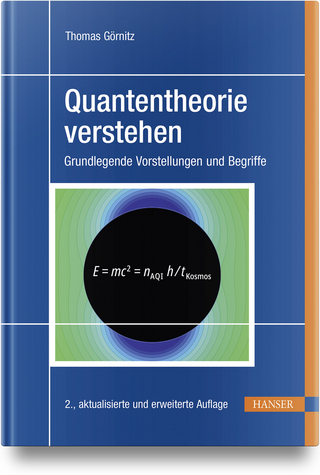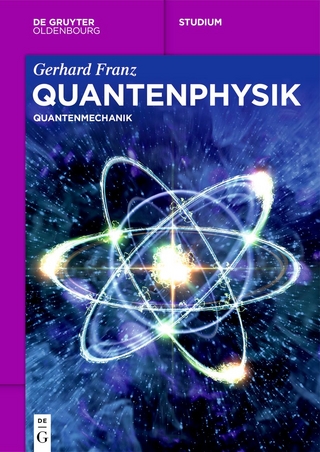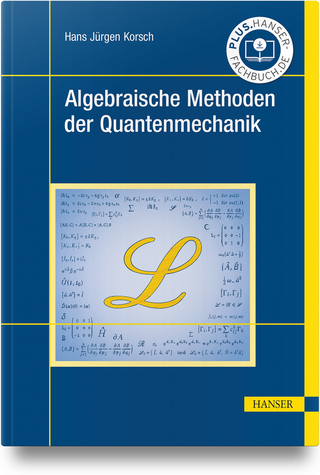
Introduction to Dynamical Wave Function Collapse
Oxford University Press (Verlag)
978-0-19-890137-2 (ISBN)
Quantum theory (QT) is the best, most useful physics theory ever invented. For example, ubiquitous are cell phones, laser scanners, medical imagers, all inventions depending on QT.
However, there is something deeply wrong with QT. It describes the probabilities of what happens, but it does not give a description of what actually happens. Most (but not all) physicists are not worried about this flaw, the probabilities are good enough for them.
Other physicists, the author included, believe that is not good enough. The purpose of physics is to describe reality. To not do so is to abandon 'the great enterprise' (John Bell).
This book shows one way to alter QT so that the new theory does describe what actually happens. This theory, created over three decades ago, has been called the 'Continuous Spontaneous Localization' (CSL) theory.
Many experiments over this period have tested CSL, and so far it is neither confirmed nor refuted. This book shows how CSL works, and discusses its consequences.
Ideal for academic students, graduates and practising scientists and physicists seeking a deeper understanding of the quantum realm, this book provides accessible explanations and sheds light on the interplay between probability and reality in the realm of quantum theory.
Professor Philip Pearle was born and grew up in New York City. He graduated from the Bronx High School of Science in 1953, and then attended MIT. He studied Electrical Engineering and obtained his BS in 1957 and MS in 1958 in a cooperative program with Bell Labs. He then entered the MIT PhD program in Physics in 1959, and graduated in 1963. He taught at Harvard between 1963 and 1966, at Case Institute of Technology from 1966 to 1969 and at Hamilton College from 1969 until 2002. As an undergraduate, he became interested in the foundations of Quantum Theory when taking his junior quantum physics course using David Bohm's textbook. He delved into particle physics at first but then followed a compulsion to delve into Foundations later. He was encouraged to do so at Harvard by Wendell Furry, at Case by Leslie Foldy, and in his first years at Hamilton College by Fred Belinfante and Roger Penrose.
1: Introduction
2: Continuous Spontaneous Localization (CSL) Theory
3: CSL Theory Refinements
4: Non-Relativistic CSL
5: Spontaneous Localization (SL) Theory
6: Some Experiments Testing CSL
7: Interpretational Remarks
8: Supplement to Chapter 1
9: Supplement to Chapter 2
10: Supplement to Chapter 3
11: Supplement to Chapter 4
12: Supplement to Chapter 5
13: Supplement to Chapter 6
14: Supplement to Chapter 7
15: A Stochastic Differential Equation Cookbook
16: CSL Expressed as a Schrodinger Stochastic DE
17: Applying the CSL Stratonovich Equation to the Free Particle Undergoing Collapse in Position
18: Applying the CSL Stratonovich Equation to the Harmonic Oscillator Undergoing Collapse in Position
Appendix A: Gaussians
Appendix B: Random Walk
Appendix C: Brownian Motion/Wiener Process
Appendix D: White Noise
Appendix E: White Noise Field
Appendix F: Density Matrix
Appendix G: Theoretical Constraint Calculations
| Erscheinungsdatum | 01.02.2024 |
|---|---|
| Zusatzinfo | 10 line drawings |
| Verlagsort | Oxford |
| Sprache | englisch |
| Maße | 175 x 250 mm |
| Gewicht | 626 g |
| Themenwelt | Naturwissenschaften ► Physik / Astronomie ► Quantenphysik |
| Naturwissenschaften ► Physik / Astronomie ► Thermodynamik | |
| ISBN-10 | 0-19-890137-2 / 0198901372 |
| ISBN-13 | 978-0-19-890137-2 / 9780198901372 |
| Zustand | Neuware |
| Haben Sie eine Frage zum Produkt? |
aus dem Bereich


